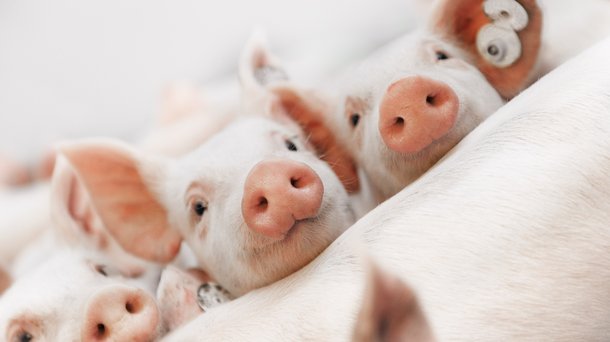What goes into animal breeding (reproduction)?

Reproduction is a natural phenomenon that every species go through. Animal breeding refers to a branch of science which evaluates genetically about the livestock. In other words, it is said that in order to produce animals which are suitable and highly productive, the mating of animals is done which is called animal breeding. There are various principles of animal breeding and the scientific one includes quantitative genetics, population genetics, molecular genomics, statistics, and biology. To improve the efficiency of the animals of the farm these principles are made. The primary and main focus of this is genetically evaluating the domestic livestock.
There are mainly two types of the mating system which are listed below.
During the 18th century, one such professional and the renowned breeder was Robert Bakewell. He was a breeder of commercial livestock and he used traditional methods. Though he did not make any records of his work it said that he got diverse breeds. He was widely known as the first scientific breeder. In order to breed the successive generation, genetic variation is necessary.
Selective breeding makes use of the natural variations that take place in traits among the members of any population. The understanding of two variation sources is very essential in breeding progress and that is environment and genetics. The environment includes care, amount of feed, weather etc that can affect their reproduction, growth, and productivity. Variations in the environment do not transmit to the next generation. In some cases, the genetic has less impact than the environment on the variation.
There are basically two methods which are used for breeding and that are listed below.
